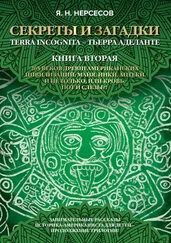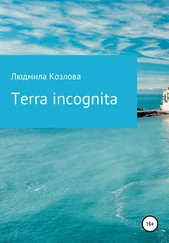The reason why I am sharing this anecdote is because it is significant. The headmaster had, quite unwittingly, swept us into the Anthropocene era by teaching us that man was a terrible threat to what we call our planet.
In my mind, however, it was not as simple as that. We were not allowed to talk at the school refectory. While we ate, one of the older pupils would read aloud from a book, and I would always listen attentively. I remember being particularly struck by three readings in the course of the years 1946 to 1948. The first was René Caillié’s narrative of his travels from 1824 to 1828 to Timbuktu, in the dark heart of Africa, full of slaves but not cannibals. The second, which obsessed me for a while, was about the notebooks found on Captain Scott’s body after he tragically perished on his way back from his failed attempt to be the first man to reach the South Pole. Two years later, the older boys read aloud Jules Verne’s Île mystérieuse [ Mysterious Island ] – and by then I was one of the older boys myself. In short, while the headmaster was ushering us into the Anthropocene era, the books read to us to furnish our imaginations dated from a time when the earth was much more mysterious and frightening, and very different from the earth we were learning about in the immediate aftermath of the Second World War. In my case, the chasm widened yet further as I eagerly devoured many more of Jules Verne’s novels.
I sometimes wonder about how I pictured the earth myself before 1957, before the beginning of aerospace history, which has filled our television screens with images of our entire planet seen from on high and from every angle. I find it amazing today that it was not until I was gone thirty that I heard talk of plate tectonics, explaining how earthquakes happened.
Core samples extracted from the polar ice caps are now shedding astonishing new light on our knowledge of the earth’s past, while nanotechnologies are teaching us much about the temporal depth of the humans that inhabit it. In a word, the way we picture the earth, or rather the planet, is undergoing a radical upheaval, in a way that goes much further than the constant refrain of climate change and the short-term threats of the Anthropocene era.
These inklings hint at the usefulness of a history of ignorance and an inventory of gaps in the knowledge of each period of history, to give a clearer picture of the humans who lived through them.
1 1. Jacques-Henri Bernardin de Saint-Pierre, The Works of Saint-Pierre: Comprising His Studies of Nature, Paul and Virginia and Indian Cottage: With a Memoir of the Author and Explanatory Notes, vol. 2, tr. E. Clarke. London: Henry Bohn, 1846, pp. 408–9.
2 2. Ibid., p. 406.
Part I GAPS IN ENLIGHTENMENT KNOWLEDGE OF THE EARTH
1 The Great Lisbon Earthquake of 1755
Pinpointing and understanding the significance of the Great Lisbon Earthquake means looking back at a broad outline of how such major natural disasters impacted the way our ancestors thought, from the medieval period on. On 25 November 1348, Petrarch described watching a destructive tidal wave sweep across the Bay of Naples: 1
I had scarcely fallen asleep when not only the windows but the walls themselves, though built on solid stone, were shaken from their very foundations and the night light, which I am accustomed to keep lit while I sleep, went out. We threw off our blankets, and […] the fear of imminent death overcame us. […] The religious of the dwelling in which we were living […] frightened by the unexpected danger, and bearing their crosses and their relics of saints, and invoking the mercy of God in a loud voice, all marched […] into the bedroom I occupied. […] What a downpour! What winds! What lightning! What deep thunder! What frightening tremors! What roaring of the sea! What shrieking of the populace! 2
A century later, Bindo, the Sienese ambassador to Naples, described an earthquake that struck the city on 4 December 1456: ‘The great cries, the laments, the great wailing and shouting of men, women and children who ran naked out of their homes in the dead of night, clasping their infants to their necks …’. Such terrifying displays of the earth’s powers were experienced in a climate of fear, explored some decades ago by Jean Delumeau. 3Contemporaries read them as interventions by the hand of God, or secondarily as the work of demons. In the cultural background were episodes of Biblical violence, from the Flood (a point we will return to at length) to the destruction of Sodom and Gomorrah and, most importantly, the Apocalypse. Faced with disaster – the term ‘catastrophe’ was not yet in use – contemporaries influenced by sermons and other religious practices read such events as scourges intended to punish sinners. On a population level, psychological reactions were driven by the urge to save the souls not only of individuals, but of society as a whole. In a world where entering Paradise was the ultimate purpose of life, divine wrath seemed quite logical.
As Thomas Labbé points out, in this perspective, natural chaos was by no means blamed on God; a feeling that the punishment was fair and just and the need for preservation were enough to avoid such a reaction. At that point in time, events were interpreted above all on a local scale, in urban and rural areas alike. Anywhere further afield was barely taken into account, if at all. The materiality of the disaster did not become central to people’s concerns until the fifteenth or even early sixteenth century, when disaster culture began to emerge. 4
Yet there was a gradual change in perspective between the late medieval period in the fifteenth century and 1755, when this book opens. Multiple earthquakes were recorded in this period, with at least twenty-seven causing major damage between 1600 and 1800. Interpretations began to shift early in the period. Disasters were still considered to be God’s work, but they were seen less as manifestations of divine wrath – and therefore as punishment – than as signs of His mercy, saving men’s souls from damnation. Many prodigious events were interpreted in a similar light. 5
A further process that helped soften the harshness of divine punishment was that second causes gradually came to be taken into account. This was the belief that God rarely intervened directly in nature, instead letting it work on its own. The seventeenth century saw the development of a reading of divine intervention crucial to understanding the period under study, which I highlighted in a previous work: the physico-theology of Oxford’s Protestant scholars, underpinned by the regular Anglican practice of reading the Psalms daily. This school, known on the continent as ‘natural theology’, studied at length by Henri Brémond, 6considered the earth as a marvel corresponding to God’s plan. It was to be exalted for its beauty, overlooking the brutality it sometimes displayed. This sense of wonderment gave rise to the Providentialism celebrated by the Abbé Pluche and Bernardin de Saint-Pierre.
Prior to the Great Lisbon Earthquake, a series of questions came to change sixteenth- and seventeenth-century images of the Flood, though it remained an accepted historical fact for everyone with the exception of Leonardo da Vinci. Questions gradually arose about how it happened and whether all the consequences associated with it were even possible. Was it one single flood, or were there several? It must be acknowledged that such questions were asked only by an elite few. This was society’s solid bedrock of beliefs and questions on 1 November 1755, when Lisbon was struck by a catastrophe (the word was first used in French in its modern sense in Montesquieu’s Lettres persanes [ Persian Letters ] in 1721). 7My aim is not to write a history of the earthquake, but it is important to outline it in some detail to shed light on the history of the stratification of ignorance, thrown into sharp focus by the event. 8
Читать дальше
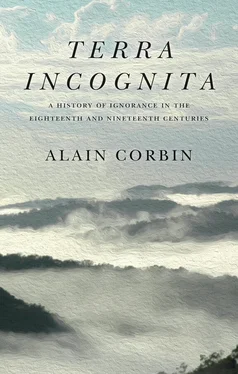

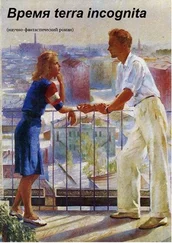
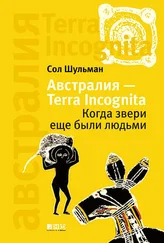

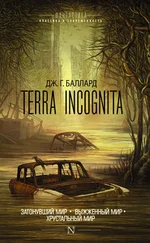
![Сергей Спящий - Время terra incognita [СИ]](/books/395082/sergej-spyachij-vremya-terra-incognita-si-thumb.webp)

